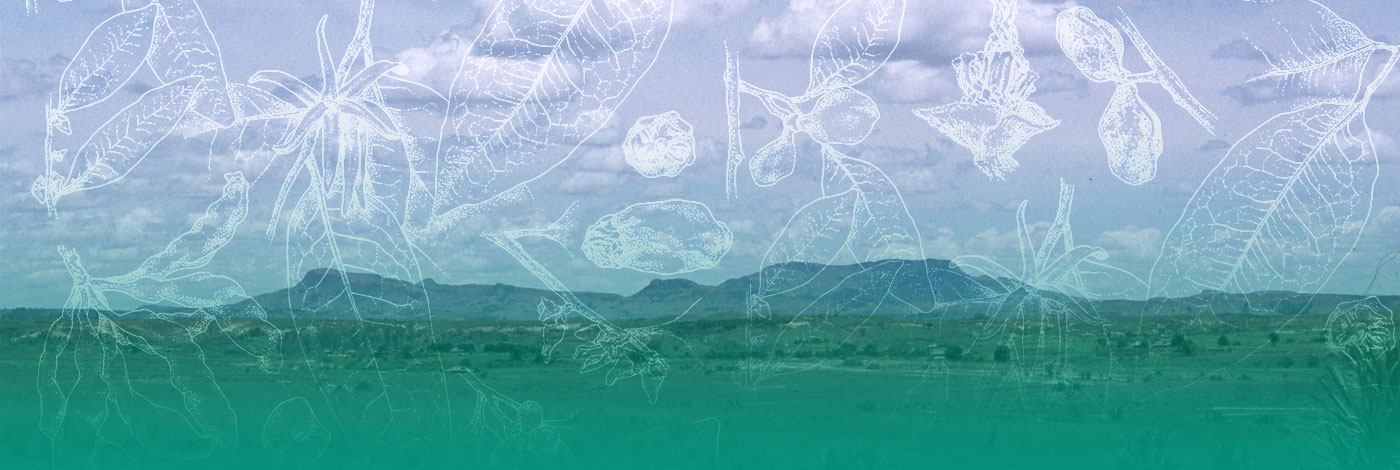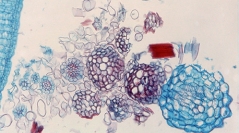

 Adansonia
38 (2) - Pages 267-274
Adansonia
38 (2) - Pages 267-274One of the most remarkable features of Cactaceae are the areoles, axillary outgrowths, which produce trichomes, spines and leaves. The subfamily Opuntioideae K. Schum. shows the widest diversity of transition forms between leaves and spines, which represents anatomical evidence that spines and glochids are modified leaves. The purpose of this paper is to provide an anatomical description of the areolar structure in four species of Opuntioideae, in order that new anatomical homology between spines/glochids and leaves may be clarified. Different patterns of areole morphology are observed: 1) Austrocylindropuntia subulata (Muehl.) Backeb. showing terete and persistent leaves; areoles with persistent spines, glochids and trichomes; 2) Opuntia monacantha (Willd.) Haw. with terete caducous leaves and persistent spines, glochids and trichomes; 3) Opuntia rufida Engelm. with terete deciduous leaves and areoles with glochids and trichomes; and 4) Opuntia microdasys (Lhem.) Pfeiff. with early caducous leaves and areoles showing trichomes and leaf-spine and leaf-glochid transition forms. The development of the areolar structures is very similar in all species, following the description of the literature for other Cactaceae Juss. In O. microdasys is described a new anatomical character in the family: mucilage cells in the leaf-glochid transition forms, which may have functional importance for water storage in species devoid of persistent leaves.
Cactaceae, modified leaves, anatomical homology.